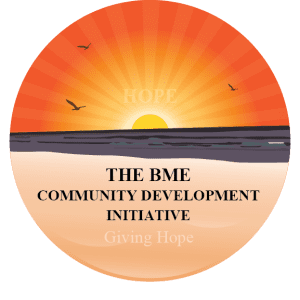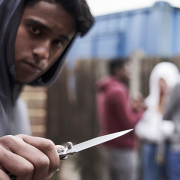Schools and After-School Programs in Gang Violence Prevention
Schools and after-school programs are critical battlegrounds in the fight against gang recruitment. For many adolescents, especially in disadvantaged areas, school is the primary environment outside the home where they spend time and form social identity. Gangs know this – which is why they often try to recruit or intimidate students in and around schools. However, this also means schools are ideal settings to implement prevention initiatives and offer positive alternatives to gang culture.
Creating a Safe and Inclusive School Climate: A school that feels safe, inclusive, and full of opportunity is far less fertile ground for gangs. Key measures include enforcing strict no-tolerance for gang signs, attire, or activities on campus, while also ensuring that disciplinary actions don’t inadvertently push kids out (remember, exclusion can increase gang riskoro.open.ac.uk). Many schools partner with School Resource Officers (SROs) or community police to have a presence on campus, not as enforcers only but as mentors and role models. When students trust that adults at school can protect them, they’re less likely to seek protection from a gang. Additionally, promoting a culture where students of different backgrounds mix (through group projects, house systems, etc.) can undercut gang-driven divisions like rival “postcode” or neighborhood loyalties.
Gang Prevention Curriculum and Clubs: Some schools have adopted specific curriculum units that address gangs and violence directly. In the U.S., the G.R.E.A.T. program taught in middle schools showed short-term effects in improving attitudes about police and reducing pro-gang beliefs. In the U.K., organizations like St Giles Trust send trained former gang members or youth workers into schools to deliver workshops on the realities of gang life, knife crime, and criminal exploitation. These real-world lessons, especially when backed with personal stories, can make teens think twice about the allure of gangs. Beyond classroom learning, schools can support extracurricular clubs focused on unity and leadership. For example, some schools have “Peace Clubs” or student councils that lead anti-violence campaigns. Others involve students in producing creative work (like plays, rap songs, or art murals) that explore the consequences of gang violence – a therapeutic and educational exercise.
After-School Programs as a Shield: The hours immediately after school are a high-risk time for gang involvement and youth crime. That’s why afterschool programs are often cited as a key gang prevention strategy. These programs range from academic tutoring and homework help (keeping kids on track academically, which itself is protective) to recreational activities (sports teams, dance classes, coding clubs, etc.). When well-run, after-school programs provide supervision, mentorship, and a sense of belonging that competes directly with what gangs offer. A noteworthy statistic: in London, cuts to after-school youth clubs correlated with a rise in local teen crime, whereas areas maintaining robust youth services saw steadier youth outcomesifs.org.uk. Essentially, if youths find camaraderie and achievement in a club or team, they have much less incentive to seek it in a gang.
Mentorship and Academic Support: It’s worth highlighting mentorship within schools. Some schools set up peer mentoring, where older students mentor incoming younger ones – providing guidance and looking out for them (reducing their vulnerability to gang bullying). Additionally, many community mentoring programs coordinate with schools so that mentors can meet students on campus or communicate with teachers. Academic struggles can make a student feel disconnected and more likely to fall in with bad influences; a mentor or tutor who helps a student improve grades and confidence can indirectly prevent gang attraction by boosting the student’s legitimate success and self-esteem.
From the funder’s perspective, supporting schools in gang prevention might involve financing special program coordinators who can run these clubs and curricula, or grants for schools to partner with nonprofits (like paying for those workshop speakers or training teachers in gang awareness). It may also involve funding transportation – one often overlooked barrier is that some youth can’t stay for after-school programs because there’s no late bus and they fear walking home through gang territories. Solving such logistics can markedly increase program participation.
In conclusion, schools are pivotal: they can either be pipelines feeding into gangs (if unsafe or neglectful) or pipelines to success (if nurturing and engaging). By backing initiatives that transform schools into hubs of safety, learning, and belonging after 3 PM, funders can effectively shut off one of the main funnels into gang life. The evidence is clear that when students are supported and proud of their school community, gangs lose their foothold among the youth.




